-
To the stars and towards Earth: Bangladesh’s position in Astronomy
The thought-provoking question posed by the late Professor Abdul Jabbar in his book ‘Tara Porichiti’ – “What is the benefit of knowing stars?” – might initially sound dismissive. However, a closer look reveals profound advantages, both theoretical and practical, that understanding the cosmos and our place within it offers. Furthermore, examining Bangladesh’s current standing and…
-
James Webb Space Telescope unveils fiery origins of a distant, hellish exoplanet
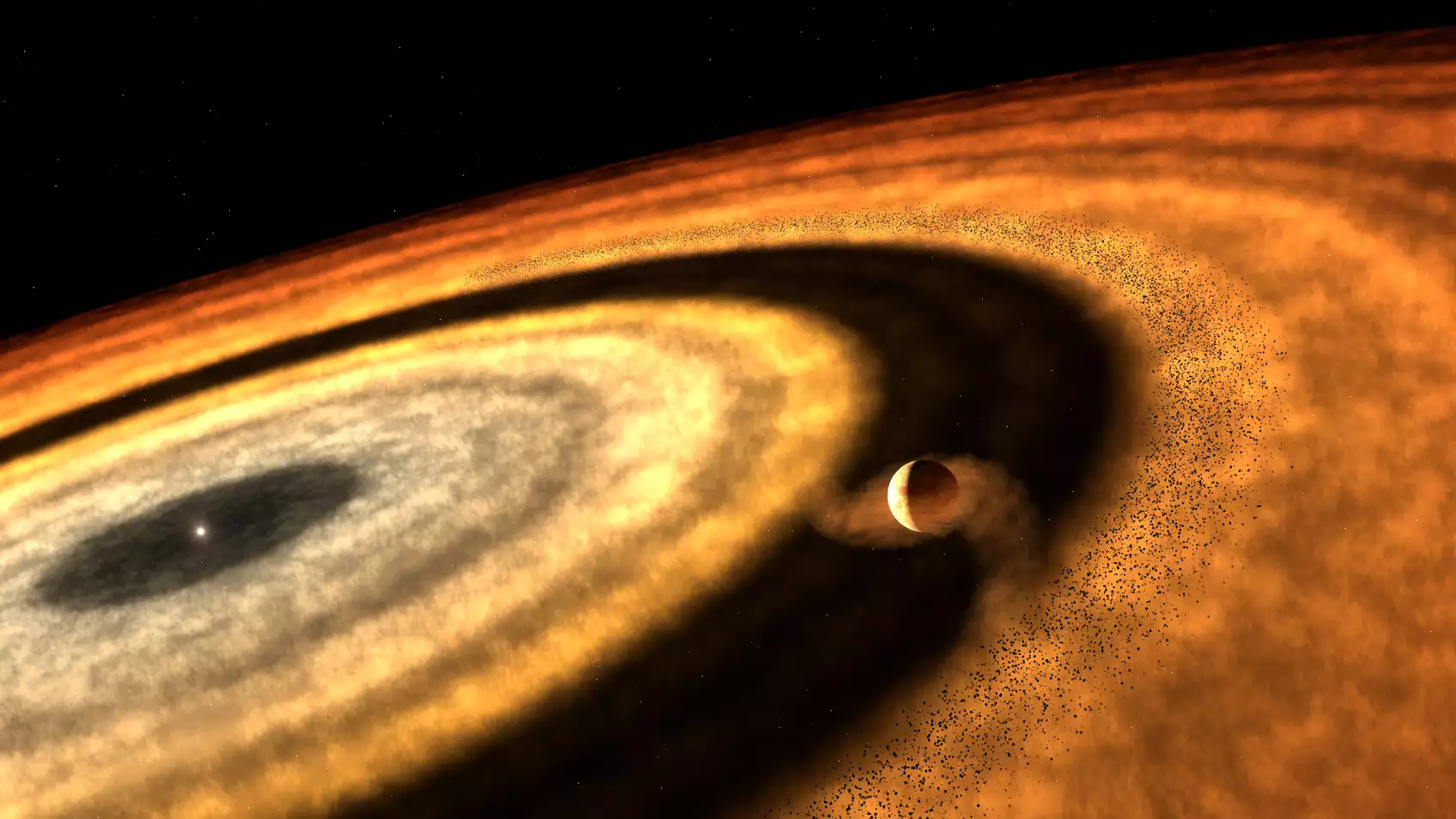
Astronomers using NASA’s James Webb Space Telescope (JWST) have uncovered the tumultuous history of a distant, hellishly hot exoplanet that’s being stretched and scorched by its star. The planet, known as WASP-121b, is locked in a dangerously close orbit around a star roughly 900 light-years away that’s brighter and hotter than our sun. Locked in…
-
Wavelengths ahead: Ruby Payne-Scott’s astronomical legacy

By Rachel Rayner 4 June 2025 5 min read Key points Ruby Payne-Scott was one of the world’s first radio-astronomers. She faced plenty of challenges as a woman in research. She has been recognised in many ways for her research and her work in women’s rights, including with our Ruby Payne-Scott Award and a new…
-
Fred Espenak, astronomy’s ‘Mr. Eclipse’, dies at 71
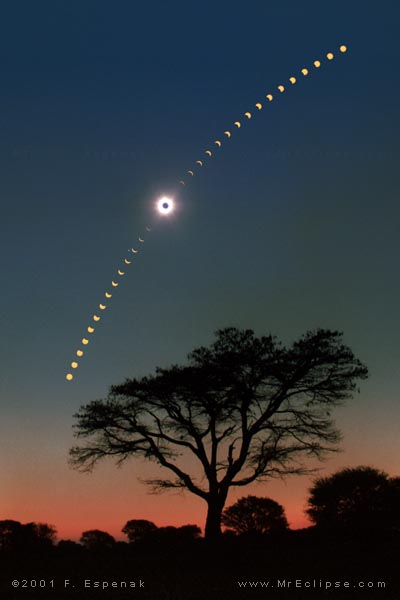
Astronomy has lost one of its most assiduous calculators of eclipses with the passing of astronomer Fred Espenak. On April 15, 2025, Espenak announced on his Facebook page that he had idiopathic pulmonary fibrosis, his health was declining rapidly, and that he would immediately be entering hospice care. Doctors determined that the disease had progressed…
-
Black holes could work as natural particle colliders to hunt for dark matter, scientists say
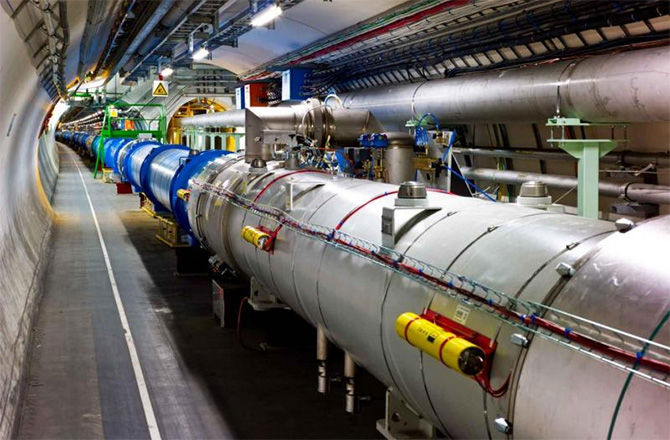
To unlock the secrets of dark matter, scientists could turn to supermassive black holes and their ability to act as natural superpowered particle colliders. That’s according to new research that found conditions around black holes are more violent than previously believed. Currently, the most powerful particle accelerator on Earth is the Large Hadron Collider (LHC),…
-
When the sun dies, could life survive on the Jupiter ocean moon Europa?

Can life survive in the solar system once the sun dies and becomes a red giant star? New research suggests there may be a narrow window of possibility for life to persist on the icy moons of the outer solar system. It’s not exactly clear where the habitable zone of the red giant sun will…
-
AI could solve puzzles posed by twin stars in ‘mere minutes or seconds on a single laptop’
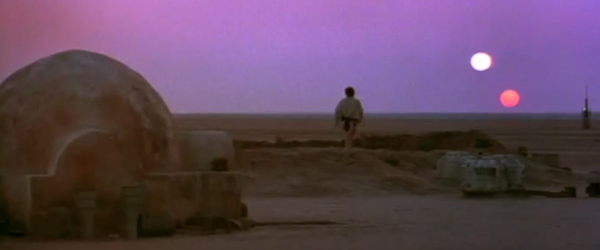
A new artificial intelligence program could revolutionize our understanding of binary star systems, deeply reducing the time it takes to distinguish the characteristics of their stars. With this program, what typically takes an entire month could be done in just 10 minutes. The system, a neural network called PHOEBAI, could therefore revolutionize the process of…
-
What’s at the center of Mars? Maybe the stench of rotten eggs
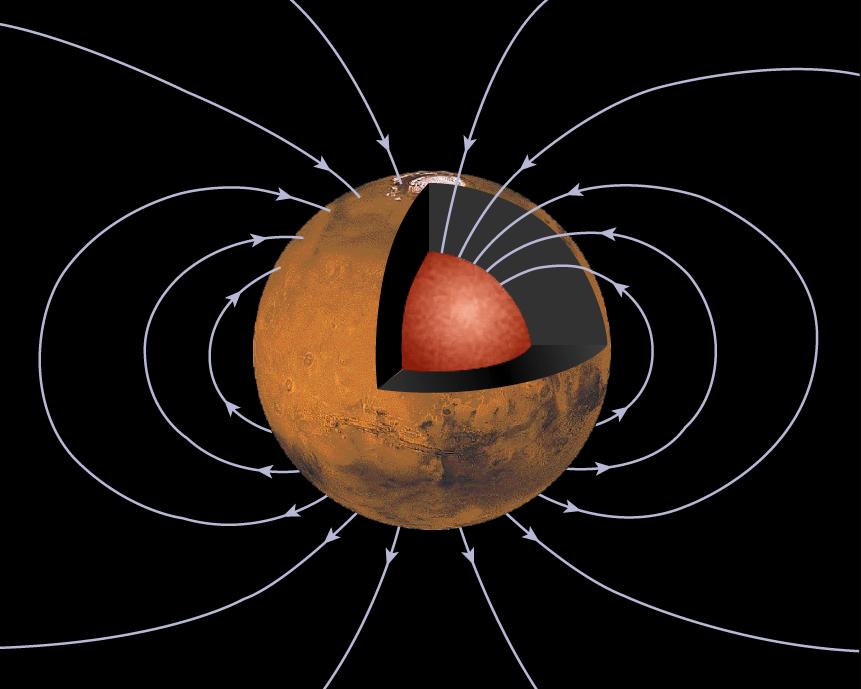
New experiments have shown that the core of Mars formed much faster than Earth’s core, thanks to molten iron and nickel sulfides seeping down through solid rock and into the center of the Red Planet. Planets are layered, somewhat like an onion. The surface upon which we stand is the crust, which sits atop the…
-
Private Japanese spacecraft aims to land in the moon’s ‘Sea of Cold’ this week

The Japanese company ispace is poised to make a historic moon landing this week. The company’s Reslience lunar lander will attempt to touch down in Mare Frigoris (“Sea of Cold”), a basalt plain in the moon’s northern hemisphere, on Thursday (June 5) at 3:24 p.m. EDT (1924 GMT). You’ll be able to watch the landing…
-
The Milky Way may not collide with neighboring galaxy Andromeda after all: ‘From near-certainty to a coin flip’

A titanic cosmic collision between the Milky Way and its closest large galactic neighbor, Andromeda, may not be as sure a thing as scientists thought. Previously, it had been proposed that there was a good chance that Andromeda and our galactic home, which are moving together, would meet in around 5 billion years and merge…